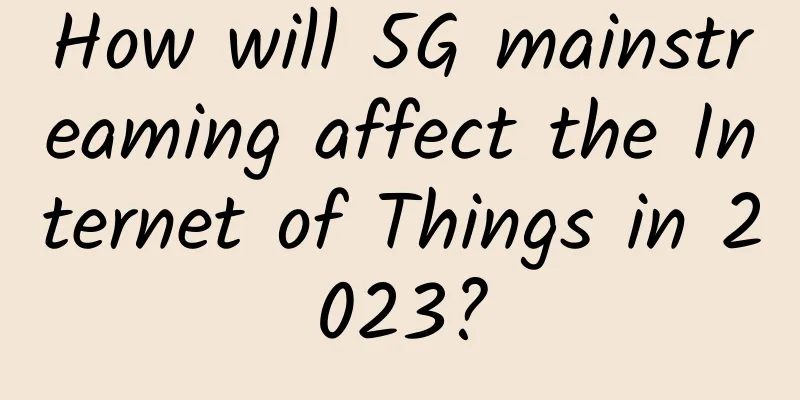2021 is the year of the explosion of the cellular IoT module industry

|
According to a new research report from IoT analyst firm Berg Insight, annual shipments of cellular IoT modules grew 39% in 2021 to 428 million units. Annual revenue grew faster, 54%, to $5.3 billion, reflecting strong customer demand in a supply-constrained environment. While supply shortages may lead to some inventory builds, several suppliers reported continued strong growth in the first quarter of 2022, suggesting that short-term demand remains strong. Berg Insight's latest cellular IoT module supplier market share assessment results show that the top five cellular module suppliers, including Quectel, Fibocom, Sunsea AIoT, Thales and Telit, account for 68% of the market share in terms of revenue. Overall, 2021 was a record year for the cellular IoT module industry, with all major suppliers achieving double-digit growth. Chinese suppliers continue to outperform the market, partly due to significant growth in the domestic IoT market, which now accounts for more than 55% of global cellular module demand. 4G LTE was the dominant technology as LTE Cat-1, NB-IoT and LTE-M replaced 2G and 3G technologies in the mid- and low-end markets. LTE Cat-1 module shipments nearly tripled during the year, driven by strong growth in China, where domestic suppliers' chipsets supporting the single-antenna version, LTE Cat-1 bis, are around half the price compared to the standard LTE Cat-1 platform. LTE Cat-1 adoption in the country came partly at the expense of NB-IoT shipments, which grew slower year-over-year. Similar to the previous year, NB-IoT module shipments were largely confined to China. Internationally, NB-IoT module shipments were in the single digit millions, with demand driven primarily by smart gas and smart water meter deployments. LTE Cat-1 modules also account for a large share of sales in North America, Europe, and parts of Asia Pacific, although LTE-M is seen as an increasingly attractive alternative for IoT devices with stricter power consumption and lifecycle requirements. Both LTE-M and NB-IoT support 5G, so they are suitable for IoT devices that will stay in the field for more than 10 years, which may prove to be critical as mobile operators in advanced markets begin to retire their 4G LTE networks near the end of the decade. Today's LTE-M module shipments far exceed NB-IoT shipments outside of China. Compared with NB-IoT, the ability to perform over-the-air software upgrades for LTE-M devices has proven to be a key factor in the success of the technology. 5G NR module shipments are starting to take off in product categories such as connected cars and IoT gateways. 3GPP's latest Release 17 introduces 5G NR support for reduced-capability (RedCap) devices, extending 5G NR to less complex IoT devices for high-end applications that require faster speeds than LTE-M or NB-IoT. The technology will replace LTE Cat-4 and LTE Cat-6 devices such as wearables, telematics gateways, industrial meters, and alarm panels. Enhanced RedCap (eRedCap), part of 3GPP Release 18, will provide greater energy efficiency and a migration path for LTE Cat-1 designs. |
<<: China's 5G users account for more than 70% of the world's total
>>: Why is C-band spectrum important for 5G?
Recommend
Justg: South Africa cn2 gia line (three networks) VPS annual payment starting at $39.99, 500M bandwidth, KVM architecture
Justg is a relatively new foreign VPS service pro...
Σco Time | Huawei releases iSitePower intelligent site energy to accelerate industry digitalization
[51CTO.com original article] Since the outbreak o...
Linveo: $15/year-AMD Ryzen/1GB/25G NVMe/2TB/Ottoville
This is the first time that Linveo has appeared o...
The three major operators' performance in the first half of 2021 collectively "rejuvenated": 5G drives value return and emerging business revenue growth is outstanding
[[418602]] The traditional communication business...
CDN price war aside, P2P regains attention. Who is the driving force behind this?
Without talking about the price wars that have re...
Working principles of physical layer/data link layer/network layer
[[279942]] Physical Layer Physical layer equipmen...
Goodbye, Citrix! Domestic cloud desktop players reshuffle, who can eat more cake?
Recently, another foreign giant announced that it...
How low-code platforms enable machine learning
【51CTO.com Quick Translation】 [[425497]] Low-code...
Four types of network monitoring
Network monitoring can take many forms, depending...
Kvmla: Japan/Singapore dedicated servers as low as 280 yuan/month, Japan/Hong Kong CN2 VPS 20% off, top up 500 yuan and get 100 yuan
The old host Kvmla has sent a new promotion, with...
Fortinet Named a Leader in Gartner® Magic Quadrant for Enterprise-Class Wired and Wireless LAN Infrastructure
Fortinet recently announced that it has been name...
RAKsmart: $59/month-2*E5-2620v2/32GB/1TB/50M bandwidth/South Korea server
Thanks to the advantage of physical distance, mos...
LOCVPS: Hong Kong Cloud 6G memory package 30% off 66 yuan/month, 20% off Hong Kong/Japan/Korea/USA and other data centers
LOCVPS (Global Cloud) has launched a special prom...
Innovation empowers and builds the foundation for the future-"2021 China IPv6 Innovation and Development Conference" was held in Beijing
In order to implement the deployment requirements...
A Preliminary Study on ASP.NET Core Api Gateway Ocelot
[[387094]] This article is reprinted from the WeC...









